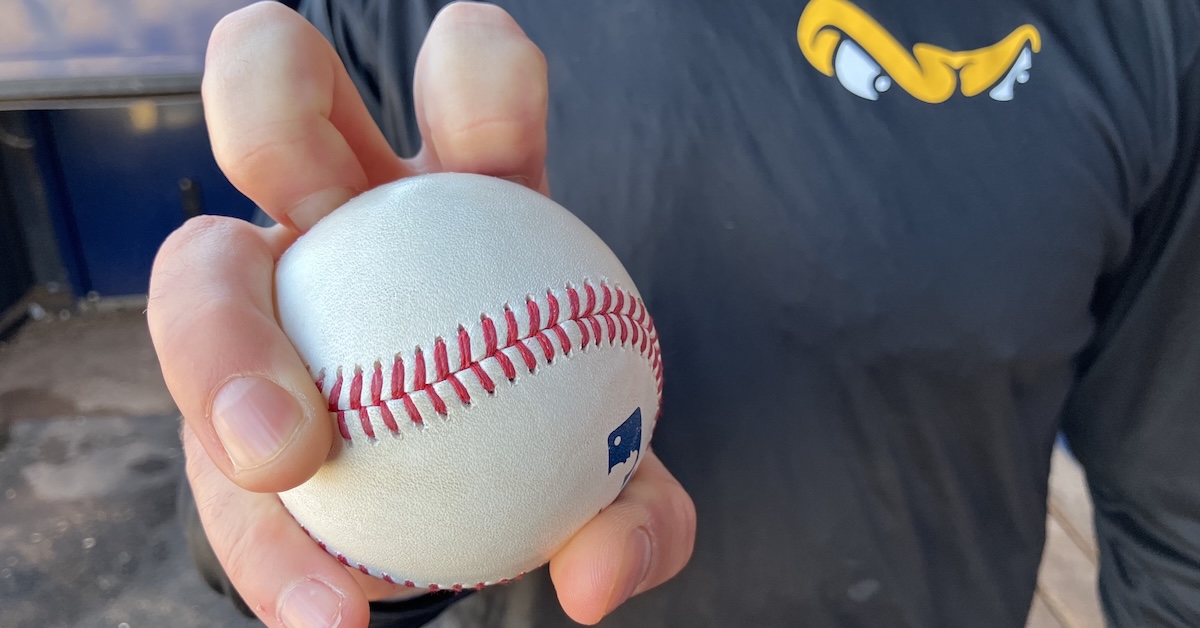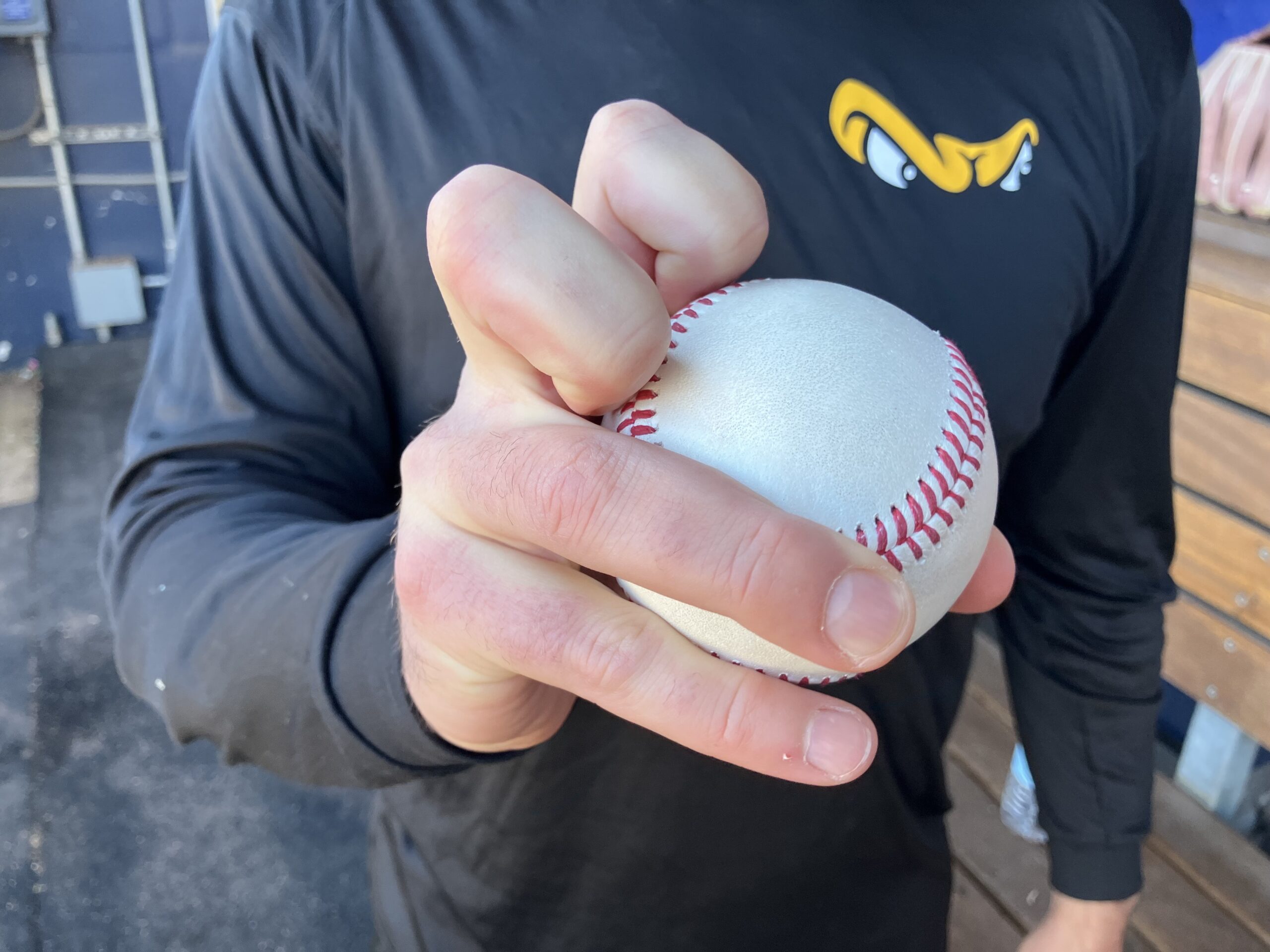Matt Seelinger Is a Long Island-Raised Mud Hen With a Knuckle Drop

Matt Seelinger has taken an atypical path to the doorstep of the big leagues. Drafted in the 28th round by the Pittsburgh Pirates out of Division-III Farmingdale State College in 2017, the 30-year-old right-hander subsequently played in the Tampa Bay Rays, San Francisco Giants, and Philadelphia Phillies organizations before getting released and hooking on with the Atlantic League’s Long Island Ducks before the 2024 season. His fortunes turned last summer. The Detroit Tigers signed Seelinger in late June, and since returning to affiliated ball he has logged a 1.26 ERA and a 38.4% strikeout rate over 29 relief appearances between Double-A Erie and Triple-A Toledo. So far this season, the Westbury, New York native has a 4-0 record to go with a 0.57 ERA and a 30.9% strikeout rate over nine appearances, the last five of them with the Mud Hens.
His signature pitch is every bit as notable as his late-bloomer success. Seelinger’s repertoire includes a four-seam fastball and a cutter/slider, but it is his unique offering with an unorthodox grip that most stands out. Seelinger shared the story behind it when Toledo visited Triple-A Worcester last week.
———
David Laurila: You throw a unique pitch. What exactly is it?
Matt Seelinger: “So, it was coined on Long Island, where I’m from. It’s called a knuckle drop. Basically, what I do is take a four-seam fastball grip and flip it so that the horseshoe is on the inside. I take my two fingers — my pointer finger and my middle finger — and bend them. I take the top lace, and put them on the bottom of it. I put my ring finger and pinky on the seams. The thumb, I try to get underneath as much as possible, although thumb placement isn’t as big of deal as long as it’s not too high up on the ball. From there, I throw it just like a fastball, only I’m pushing it out.”

Laurila: The bent fingers are straightening as you’re releasing the ball…
Seelinger: “Yes, my door-knocking knuckles. My nails are right underneath it. I push it and throw it. It all started back in the day when we thought curveballs were bad for kids… which they might still be; I don’t know. But I pitched from 8 to 12 years old, then stopped pitching. I played shortstop, center field, and whatnot. When I got back into pitching, probably around sophomore year of high school, I hadn’t thrown a real curveball yet.
“The idea was to start with this pitch, or with one knuckle — a knuckle curve. With a knuckle curve, you don’t snap your wrist — you still push it — and for me, two fingers felt more comfortable than one. The plan was that as I got a little bit older and more back into pitching, I would slowly transition to the curveball. That never happened, because this pitch kept getting better and better. It was also unique, no one else really threw it, so I stuck with it. It’s kind of carried me all the way to today.”
Laurila: What are the metrics on your knuckle drop?
Seelinger: “It gets a little bit of everything. It’s a low-spin-rate pitch, usually between 1,300-1,700 [rpms], but it can be as low as 1,000 or as high as 1,800. It’s got a mixture of curveball and splitter, and sometimes it’s almost slider-ish. The idea is that when I release it, it topspins. It’s like a four-seam fastball, only the inverse of that. It spins forward instead of backspinning. It looks like a fastball the whole time, then kind of drops off the table like a splitter.
“When I’m feeling really good with it, I can manipulate it with my hand a little bit so that it goes more like a screwball. Sometimes it goes on like a 5:30 or 5:00 o’clock axis. It’s anywhere from 81-85 mph, although it can also be as low 78-79. That doesn’t really happen very much, though.”
Laurila: What about the vert?
Seelinger: “Sometimes it’s negative-12, but mostly it’s like negative-six, negative-five. Sometimes it’s negative-three. That’s where it kind of gets splitter-ish. It has downward action, kind of like a curveball… but it doesn’t usually move like a right-handed curveball. It’s more straight down, or even screwball-y.”
Laurila: And you learned it when you were a kid…
Seelinger: “Yeah, my dad taught it to me. My high school coach did, too. It’s kind of a thing on Long Island, but they don’t really throw it the way I do. I’m the only one I know of who throws it with a four-seam grip, and because I’m so over the top, sometimes I’ll get on the inside of it and, like I said, it becomes a little more like a screwball. But yeah, it’s just a really comfortable pitch for me. I’ve thrown it for years now.”
David Laurila grew up in Michigan's Upper Peninsula and now writes about baseball from his home in Cambridge, Mass. He authored the Prospectus Q&A series at Baseball Prospectus from December 2006-May 2011 before being claimed off waivers by FanGraphs. He can be followed on Twitter @DavidLaurilaQA.
They also have Kenny Serwa in High A who throws a “fast” knuckleball, like upper 80’s & pairs it with a “slow” knuckleball & a low 90’s fastball.